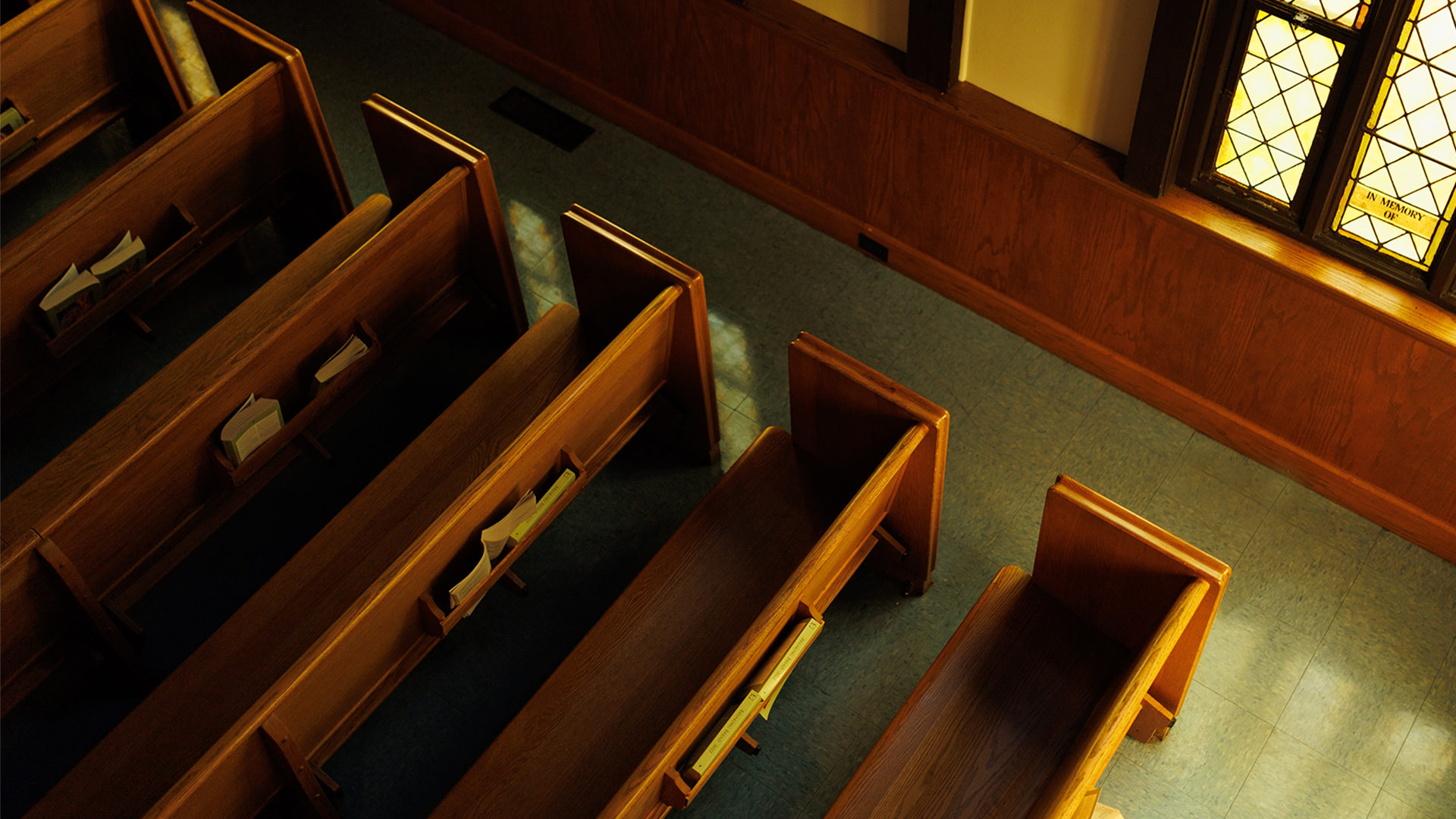The Story: In America, attendance at religious services is falling and deaths of despair are increasing. Could the two trends be connected?
The Background: A recently released survey found the COVID-19 pandemic accelerated ongoing trends in religious change. The number of Americans who never attend religious services increased significantly over the past two years, with roughly one in three American adults now reporting they never attend religious services. Young people, those who are single, and self-identified political liberals ceased attending religious services at much higher rates than other Americans did.
In spring 2022, 33 percent of Americans reported they never attend religious services, compared to one in four (25 percent) who reported this before the pandemic. Those who were religiously engaged enough to attend church frequently were less likely to be affected by the change. Before the pandemic, 26 percent of Americans reported attending religious services at least once a week, similar to the 24 percent who did so in spring 2022.
The people who still come to church tend to be of the same general demographic: political conservatives, adults aged 50 and older, women, married adults, and those with a college degree were more likely to attend than other groups in both periods. Adults under age 50, adults with less education than a college degree, Hispanic Catholics, black Protestants, and white mainline Protestants saw the largest declines in attendance.
Why It Matters: Attendance at a religious service isn’t a reliable indicator of a people’s devotion to a generic “God,” much less of their commitment to Christ. There are many times in history when religious service attendance has been relatively high while true faithfulness has been dismally low. Yet while the metric doesn’t serve as a positive sign of healthy faith, declines in attendance can portend deeper problems within a population.
A primary example comes from another report released this week that connects a decline in religious participation with an increase in “deaths of despair.”
The term “deaths of despair” was coined in 2015 by Princeton economists Anne Case and Angus Deaton. The researchers were seeking to find what was causing the decline in U.S. life expectancies in the later part of the 20th century. They discovered the dramatic increase in death rates for middle-aged, white non-Hispanic men and women was coming from three causes: drug overdoses, suicide, and alcoholic liver disease. Deaths from these causes have increased between 56 percent and 387 percent, notes David Introcaso, and average 70,000 per year.
“The pillars that once helped give life meaning—a good job, a stable home life, a voice in the community—have all eroded,” Case told Newsweek. Those pillars are certainly important, but another factor may have an even more detrimental effect.
A new working paper, published by the National Bureau of Economic Research (NBER), suggests a potential, though often overlooked, cause of deaths of despair could be the decline in religious participation that began in the late 1980s. The researchers found “there is a strong negative relationship across states between religiosity and mortality due to deaths of despair.”
The U.S. states that experienced larger declines in religious participation from 1985–2000 saw larger increases in deaths of despair. Both the decline in religiosity and the rise in deaths of despair were driven by the same group of individuals in the same places. While it’s possible a third factor could be causing both phenomena, the most likely explanation is that a decrease in religiosity is a leading cause or significant contributor to the increase in deaths of despair.
The repeal of blue laws had a similar effect. “Blue law” is a term used for local or state ordinances that forbid or regulate entertainment and commercial activities (such as the sale of alcohol) on Sundays or religious holidays. Such laws had been in place in America since the colonial era but began to be repealed in the early 1960s.
The NBER paper shows the repeal of blue laws led to a moderate decrease in religious attendance (effect of 5 to 10 percentage points on weekly attendance) and a modest increase in deaths of despair (2 deaths per 100,000 people). That increase in the death rate is akin to the annual deaths caused by influenza.
The decline in religious attendance has been ongoing for decades. We’ve long since moved past the stage where people know they should come to church. In this, the church isn’t alone. There are almost no remaining civic institutions that invoke a feeling of obligatory participation. When all activities are optional, though, the range of institutions where comfort and solace can be found narrows considerably.
In 2010, country singer Jason Aldean released a song called “Church Pew or Bar Stool” in which he complains about how he’s stuck in a “church pew or bar stool kind of town.” He says, “There’s only two means of salvation around here that seem to work / Whiskey or the Bible, a shot glass or revival.” That’s a crude dichotomy, but it appears to increasingly be the choice a large number of Americans face. They’ll either find hope from a community of faith or the lonely despair that leads them to self-medicate with alcohol and drugs.
Much work needs to be done to restore and normalize church attendance. But a simple step we can take as individual Christians is to invite people to come to church with us. We especially need to reach out to those groups who aren’t coming now—the young, men, singles, and those without a college degree. Many in those demographics would never even think to go to church on their own, and others believe they wouldn’t be welcome.
We need to make sure they understand they’re always welcome since Jesus came “to seek and to save the lost” (Luke 19:10). We need to ensure they understand that in the local church, they’ll join with those who seek the only source of life and hope that can truly protect them from deaths of despair.
